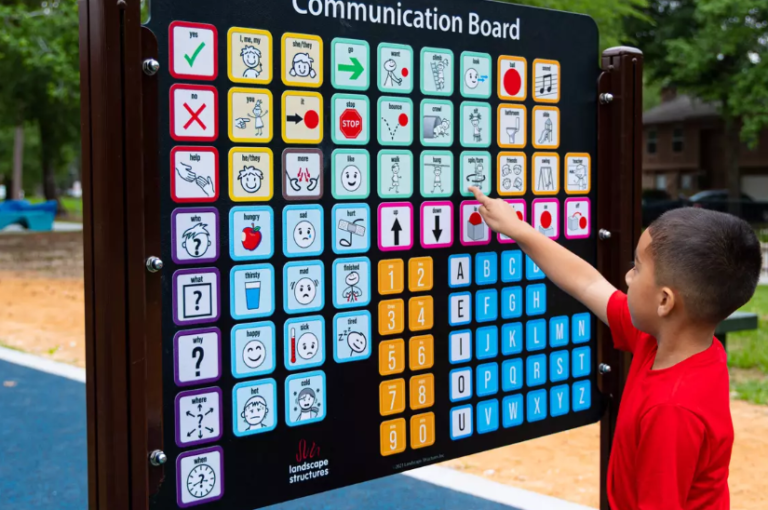Powerful reading instruction requires the thoughtful weaving together of all aspects of reading. These components or strands are identified in Scarborough’s Reading Rope and are combined to produce proficient readers. The “big five”, as it is often referred to in research, identifies five key concepts or components that are part of powerful reading instruction. These components include phonemic awareness, phonics, fluency, vocabulary, and comprehension. (National Reading Panel.May 10, 2023)
Research tells us that learning to read is complex. For example, students co-construct meaning by drawing upon their knowledge of the five strands,their knowledge of the topic, as well as their life experiences.
- Powerful reading instruction incorporates these core aspects, acknowledging that one strand is not prioritized over another because they all work together in an integrated manner.
- Powerful reading instruction recognizes that explicit systematic instruction in how letters represent sounds (phonics) is an integral part of literacy instruction. It takes both systematic phonics instruction and exposure to rich literature in order to create powerful reading instruction.
- Effective instruction also recognizes that students need different things at different times. It is a dynamic process. Therefore,flexibility and adaptation to the diverse needs of students is crucial.
The Reading Rope consists of strands which include the Language Comprehension Strands (background knowledge, vocabulary, language structures, verbal reasoning, literacy knowledge). It also includes the word-recognition strands (phonological awareness, decoding, and sight recognition of familiar words), which work together to help the reader become an accurate, fluent, and automatic reader.
Tips for Powerful Reading Instruction
| Phonemic Awareness | It is important to directly teach students to make connections between sounds (phonemes) and symbols (letters).Daily practice can be woven in throughout the day in 2-3 minute chunks. Phonemic awareness is beneficial when intentionally incorporated in grades 3-6, in addition to the lower grades. |
| Phonics | Powerful reading instruction recognizes that explicit systematic instruction in how letters represent sounds (phonics) is an integral part of literacy instruction. It might take 15-20 minutes of direct instruction and practice daily. Decodable books provide the practice for phonics instruction. Continue to provide students with access to rich literature and avoid limiting student reading to decodable and predictable books.UFLI provides teachers with many ideas on how to develop phonemic awareness and phonics as part of your daily routine. |
| Fluency | Fluency increases with repeated practice, partner reading and choral reading. |
| Vocabulary | Having rich conversations helps to develop students’ oral language, vocabulary, and reflective thinking, which is foundational to reading. Providing students with access to rich literature provides models for writing and increases vocabulary. Introduce and explicitly teach new vocabulary words. Encourage the use of context clues and word roots to figure out word meanings. |
| Comprehension | Thoughtful literacy instruction begins with what students already know, understand and are able to do. This is also referred to as responsive teaching .It assumes that comprehension is what happens along the way and not what happens after you have learned to decode. Comprehension can be taught through a variety of comprehension strategies including activating, making connections, inferring, predicting, monitoring-clarifying, questioning, summarizing, and visualizing. These strategies should be modeled, taught and practiced. We want students to read powerful, great texts to foster thinking and see different perspectives. Rich texts provide a model for student writing. Students bring their past experiences and knowledge to the reading process, which impacts their ability to gain meaning from text. As teachers, it is important to Intentionally help students make connections to what they read. |
| Key Ideas | |
“Reading is complex and multidimensional involving coordinated, networked, and orchestrated processes/actions. Students bring unique cultural practices, cognitive strengths and literacy experiences to becoming literate and students’ attention to dimensions of reading changes over time”( pg. S192 Reading Research Quarterly 2020) Based upon Compton-Lilly, Mitra, Guay and Spense, (2020), “Although phonological processing has an important role in early reading, reading at all levels is supported by semantic and embodied processes that contribute to comprehension”. Becoming literate is more than reading, writing, speaking, and listening, it is about being able to think and understand different perspectives. https://ila.onlinelibrary.wiley.com/doi/abs/10.1002/rrq.348 | |








